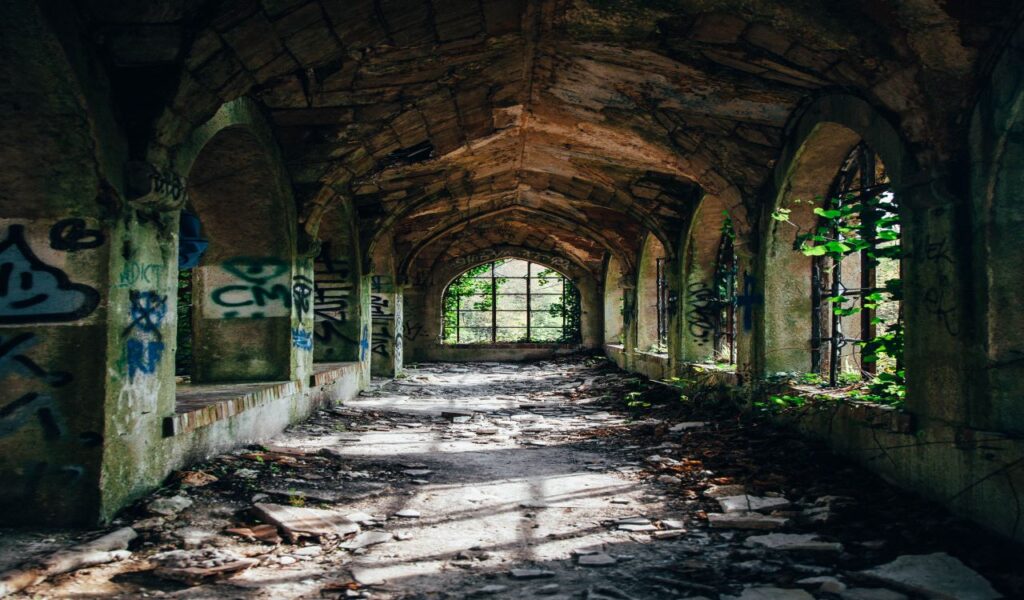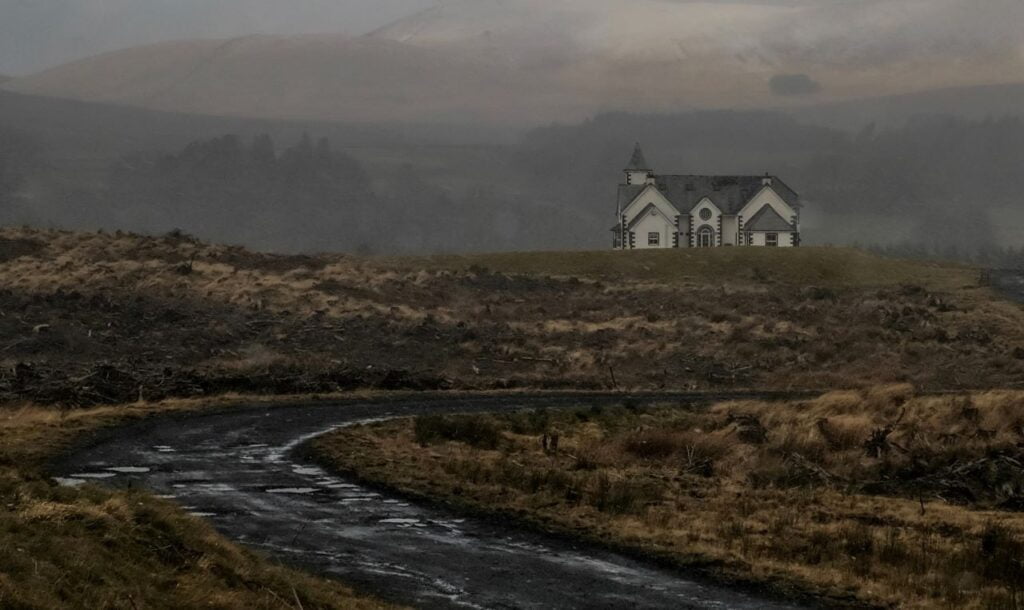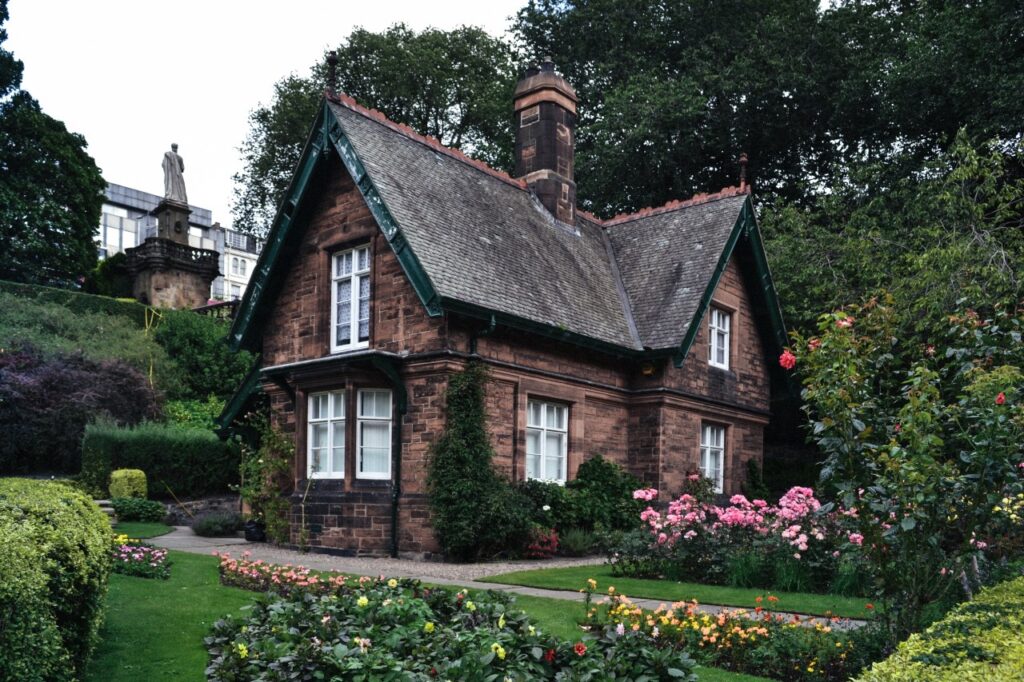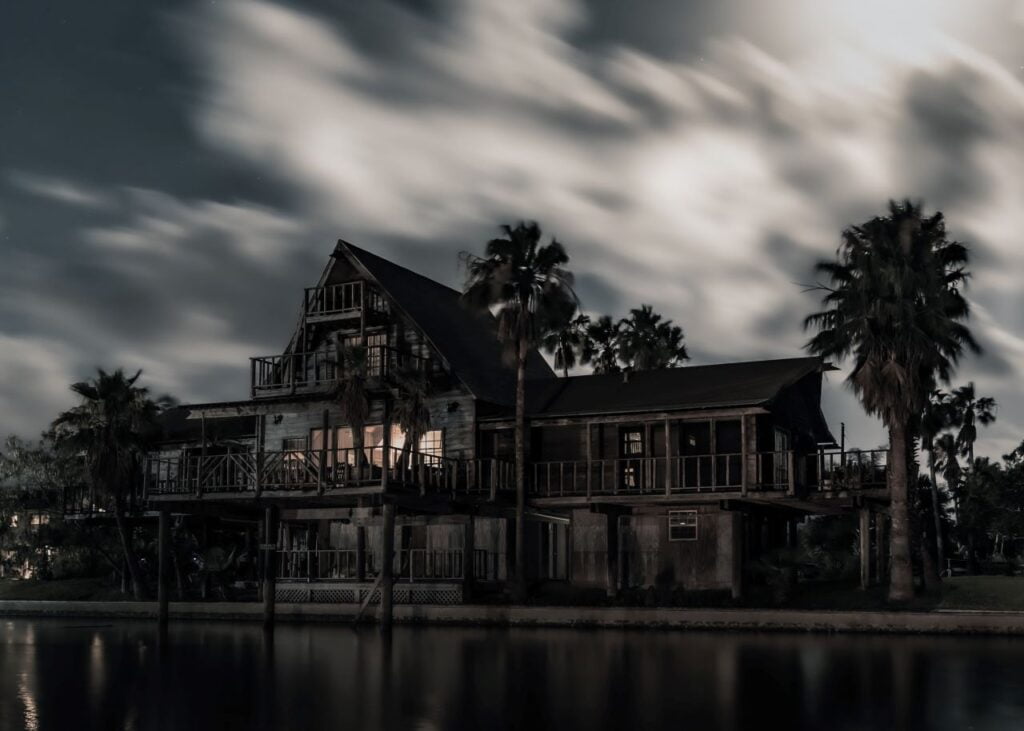Table of Contents
Introduction
Though some may believe that real paranormal activity is a genuine field that proves the existence of ghosts, witches, and other folktale characters, one thing we can be sure about is the fact that such places never fail to give us those spine-chilling sense of fear. But isn’t it in the darkest of night, that the stars shine their best? Even giving off an eerie vibe, there is something beautiful in the architecture and design of such buildings.
With the increase in themed spaces and fright sites for entertainment, such places are now, recreated. Which leads to the question of how does one designs a plan of fear? What is it that makes the place seem creepy? Ultimately, a building, be it horror or fantasy, is an architectural product involving designs, permit drawings, theme development, with a little misdirection sprinkled with psychological fear.
The psychology behind most haunted places
Human psychology can explain what makes a haunted house design so scary and also provides the perfect guide to making one ourselves. The portrayal of cinematic haunted houses has remained exceptionally consistent throughout the years. Apart from movies, commercial haunted houses are also an integral part of 21st century Halloween theatre. From a psychological point of view, the standard features of a haunted or creepy house, trigger feelings of dread, and our brain, in turn, warns us of potential danger and motivates us to proceed with caution.

Imagine a house that makes you feel uneasy, but in truth, there is nothing to fear. It would be considered bizarre and embarrassing to run screaming out of the house only because of feeling uneasy. But on the other hand, it would be foolish to ignore your intuition and remain in a dangerous place. These are the psychological mechanism of feeling scared.
The prototype of a haunted house design
Psychological Features
Studies have proven that the optimal environment for human comfort offers a lot of prospects and refuge. Such spaces make us feel safe and protected. Research also shows that a bad combination of the mentioned elements would be perceived as unsafe and dangerous.

Along with these elements, mystery and legibility also play a huge role in perceiving a space. Legibility refers to the understanding of a place. An organized and recognizable place establishes a sense of familiarity, i.e., one can wander around without getting lost. Mystery, on the other hand, implies that there is a scope of exploring. A complete picture isn’t received at first. A heightened sense of mystery can be accompanied by a sense of potential danger, as in the case of dark alleys and long deep tunnels.
Physical Features
Elements that may pose a threat to humans are believed or perceived as dangerous. Water bodies like lakes, rivers, wells, and ponds are often portrayed in horror stories, as deepwater has always been a hazard to human threat and drowning is a common cause of human death.

Elements that make us feel “trapped” are important while designing a haunted house. Research has consistently shown that we need more space while sitting than standing, especially more space in rooms with a low ceiling. When our personal space is intruded on, we tend to flee or escape. Experiencing such uneasy feelings, portray the fact that we are consciously scanning our surroundings and assessing our ability to flee if it becomes necessary.
Prototypical Haunted House Design
We are a highly social species with a strong affinity towards interaction with others, especially during times of stress. The tendency of isolation amplifies creepiness. When we are alone in an unusual environment, how we perceive or understand sensory information can change.

A prototypical haunted house design is usually located in a remote, isolated location, which is far away from society. In this case, if anything goes wrong, help would take a long time to reach. The darkness and the confusing layout of the house will cause us to get lost, further slowing us down. Spiked and iron fences, or crumbling stairways, or ruined tunnels, all of which are featured prominently in Hollywood Haunted House designs and are considered as modes of escape.

A typical haunted house design is also large, dark, and surrounded by overgrown trees and shrubs. Other surprising and mysterious architectural features include such as secret rooms and closets under staircases. Attics and basements accessorized with spider webs, bats, rats, and insects further compliment the creepy effect of a place.
Both these psychological and physical elements provide the presence of supernatural activity. Elements such as mystery and curiosity are often associated with this. The choreography of a place is also amplified by using narration or story. The history of places amplifies the effect of the supernatural activity of haunted houses.
Influence of Victorian and Gothic Styles
Victorian Style of Architecture
Victorian and Gothic styles have long been associated with terror, fright, and dread. This is because these styles were built upon religion and if used improperly are sure to give off spooky vibes. Victorian Style is characterized by ornate molding and decorative trim that is usually found in both façades as well as interiors. The Victorian Styles emerged from the Gothic Styles, in the mid-to-late 19th century, during the reign of Queen Victoria. Turrets, towers, and bay windows accessorized with heavy drapery and other ornaments are a few of the styles cues taken from the Gothic. These elements are often associated with a haunted house.

Queen Victoria herself has contributed to establishing the connection between the Victorian style and “spookiness”. Upon hearing the death of her husband, she wore black for the rest of her life. With a story like that and architecture to match, the Victorian style became even scarier for the world.
Gothic Style of Architecture

Gothic is a blend of two different ideas from different times in history. This style was famed for grand arched buildings and sweeping windows. The Castle at Otranto by Horace Walpole was the first Gothic novel featuring a haunted house. Bram Stoker’s amazing novel, Dracula is another wonderful example of a Gothic Novel. These Gothic novels were a precursor for the horror stories of today. Gothic is an architectural style, that provides an atmosphere of spooky, fearful, desolate, and ruined old places.
They were seven key aspects of Gothic architecture that contributed in established an eerie atmosphere and these included – flying buttresses, grand vaulted ceiling, pointed arches, and taller rooms.
Medieval Architectural Style of Castles

Cold, dark, and damp. The construction technology was elementary, and this meant that most castles were constrained with tiny windows and leaky roofs. Gothic writers enjoyed the imagery of an old castle, a place full of life and grandeur, which later on seeps into decay. Such castles were described with memories of life and marked by death. The Castle of Otranto, the first gothic tale, was set in a spooky castle, with creaky doors, dark corners, ghostly footsteps, and hidden passageways. These formed the foundations of most haunted places we see today.
Paranormal Activity in India
From the Exorcist to the Conjuring Universe, one’s interest in witnessing supernatural activity can never be enough by mere jump scares on the silver screen. There are so many haunted places in India, of which some are unknown to the general public. If you’re a travel enthusiast looking forward to visiting haunted destinations in India, here are 3 places to add to your travel list.
Agrasen Ki Baoli, Delhi

Anyone who’s watched the movie PK, starring Aamir Khan, must be familiar with Agrasen Ki Baoli, located in Delhi. Rumored to have filled with black water once upon a time, the stone staircase, and ruins of this place highlight the presence of supernatural activity in the atmosphere.
60 meters in length and 103 steps descending down to three levels, a drop in temperature is experienced. At each level, one finds narrow, dark, and dingy staircases on both sides, and a tingling sense of paranormal things lurking in the background. The main highlight of this place is the shadow and light play foreshadowed by the monument.
Mukesh Mills, Mumbai

A city that never sleeps, and a city with beautiful architecture, even Mumbai has placed, that are long forgotten and deserted. One such place is the Mukesh Mills. The place was struck by a sudden tragedy in 1982 and was forced to shut down due to a disastrous fire. It was soon abandoned, but a few years ago, a director picked this site as his location to shoot a horror film. The members of the cast revealed that they encountered paranormal activities at the set. The mystery of a restless spirit of a man grabbed the attention of many performers indulged in paranormal activities. To date, the mysteries have not been solved.
National Library, Kolkata

Listed as one of India’s most haunted places, no one dares to stay here during post office hours. Earlier the residence of Warren Hastings, people believe that it is his ghost that roams around the building giving rise to an eerie atmosphere of paranormal activity. Many reported seeing a faint apparition of a man, but the presence of supernatural activity was aroused when ASI Conservation engineers discovered a mysterious room on the ground floor of this 250-year-old building, that went unnoticed for decades. There wasn’t any entry to this room, not even a secret passageway, and what lies inside is still a mystery.
Conclusion
Introducing an air of uncertainty into an antiquarian environment, makes us vigilant and observant, and combined with the right architectural elements, we can create buildings that creep us out every time we experience its choreography.




